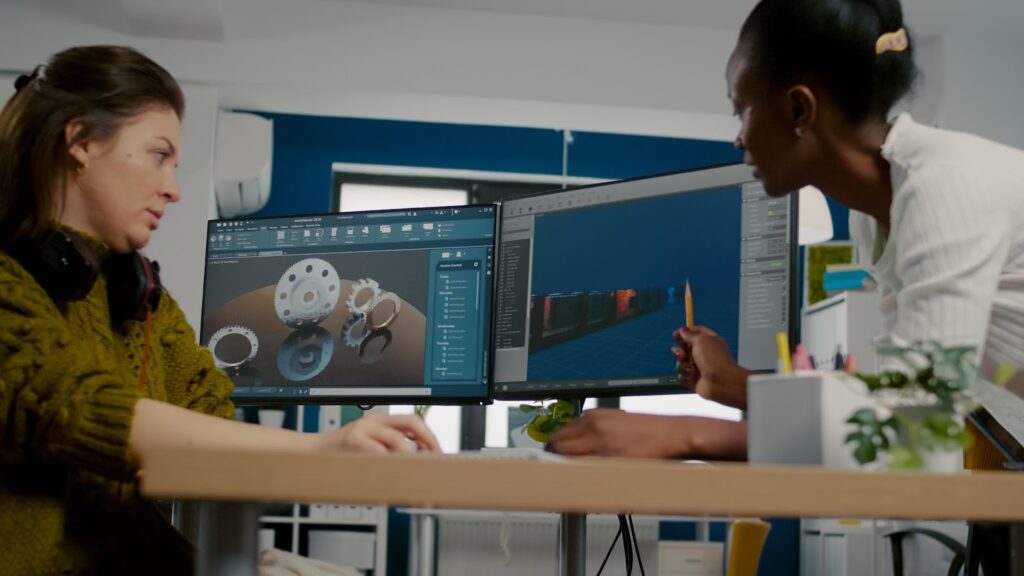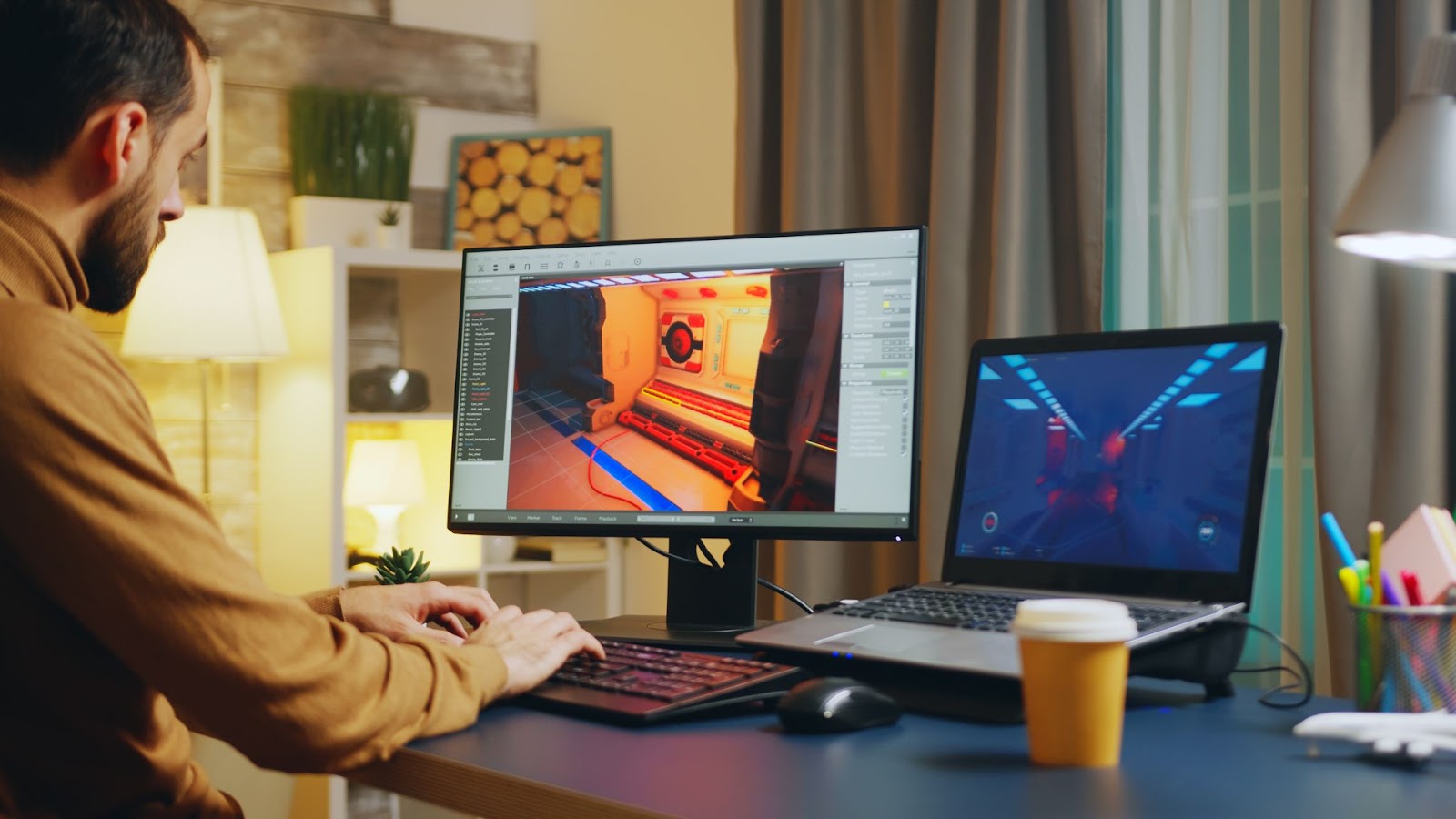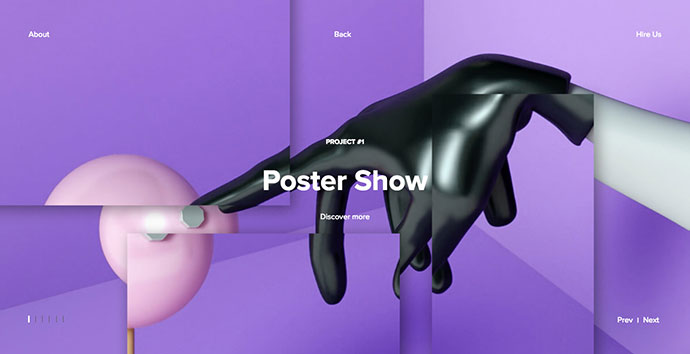In the contemporary digital era, animation stands as an indispensable component across diverse sectors encompassing entertainment, marketing, and education. Within this realm, professional animation studios wield substantial influence, breathing life into concepts through arresting visual narratives. Nonetheless, a common query that pervades both individuals and enterprises is: What is the financial investment necessary for the creation of a single minute of animation by a seasoned studio?
The expense incurred in animation production exhibits considerable fluctuation contingent upon myriad elements. These factors encompass the intricacy of the project, animation style, requisite level of intricacy, proficiency of the animation studio, and geographic location. To foster a more comprehensive comprehension, it becomes imperative to explore these facets and their corresponding impact on pricing structures.
Complexity and Diversity in Animation:
Animation, as an art form and a tool for storytelling, spans a wide spectrum of styles and techniques, each with its own unique characteristics and appeal. Understanding the complexity and diversity within animation is crucial for both creators and clients alike.
Types of Animation Styles:
- 2D Animation: Traditional hand-drawn animation or digitally created 2D animations. They often feature simpler character designs and movements but can still convey rich narratives;
- 3D Animation: Utilizes computer-generated imagery to create lifelike characters and immersive environments. This style requires specialized software and skilled animators;
- Motion Graphics: Focuses on graphic design elements and typically involves animated text, shapes, and illustrations. Widely used in advertising and explainer videos;
- Stop Motion: A painstaking process involving physically manipulating objects frame by frame to create the illusion of movement. It offers a unique aesthetic appeal but requires meticulous attention to detail;
- Hybrid Techniques: Combining different animation styles for a distinct visual experience. For example, blending 2D characters into a 3D environment.
Factors Influencing Cost:
- Complexity: The intricacy of character designs, backgrounds, and visual effects significantly impacts production costs. 3D animations tend to be more expensive due to the technical expertise and resources required;
- Production Time: Certain styles, such as stop motion, may take longer to produce due to the meticulous nature of the process. Longer production times often translate to higher costs;
- Skill Level: Highly skilled animators command higher rates, particularly for complex animations that demand precision and creativity;
- Software and Tools: Specialized software and tools tailored to specific animation styles may come with licensing fees or require additional training for animators.
Level of Detail and Artistic Quality:
In the realm of animation, quality is paramount. The level of detail and artistic finesse not only elevates the visual appeal but also enhances the storytelling potential of the animation.
Elements of High-Quality Animation:
- Character Design: Well-developed characters with distinct personalities and expressions engage the audience on a deeper level;
- Background Art: Intricately designed backgrounds contribute to the overall atmosphere and immersion of the animation;
- Lighting and Texturing: Dynamic lighting and realistic textures add depth and dimension to the animation, enhancing its visual impact;
- Fluidity of Movement: Smooth and natural movement enhances the believability of characters and actions, drawing viewers into the narrative.
Investing in Quality:
- Long-Term Benefits: High-quality animation sets a professional standard and leaves a lasting impression on viewers, potentially leading to increased brand recognition and customer engagement;
- Collaboration with Talented Artists: Partnering with experienced animators and artists ensures meticulous attention to detail and a polished final product;
- Feedback and Iteration: Iterative feedback loops allow for refinement and improvement throughout the production process, resulting in a more refined and impactful animation;
- Balancing Budget and Quality: While quality comes at a price, careful planning and prioritization of essential elements can help maximize the return on investment without compromising artistic integrity.
Experience and Expertise of Animation Studios:
In the realm of animation, experience is the cornerstone of excellence. Established animation studios boast a wealth of expertise garnered over years of honing their craft. Here’s what sets them apart:
- Proven Track Record: These studios have a portfolio brimming with successful projects across various genres and platforms. They’ve tackled diverse challenges, from character animation to complex visual effects, demonstrating their versatility and proficiency;
- Quality Assurance: Experience breeds quality. Clients can trust that their project is in capable hands, with seasoned professionals who understand the nuances of storytelling, animation principles, and technical execution. Each frame is crafted with precision, ensuring a polished end product;
- Smooth Production Process: Seasoned studios have refined their production pipelines to perfection. They know how to streamline workflows, anticipate potential hurdles, and keep projects on track and within budget. This translates to a stress-free experience for clients, with clear communication and milestones met punctually;
- Timely Delivery: Deadlines are sacred in the animation industry, and established studios excel in meeting them. Through years of experience, they’ve mastered the art of time management, allocating resources efficiently to ensure timely delivery without compromising quality.
Conversely, emerging studios may offer lower rates as they seek to establish themselves in the industry. While they may lack the extensive track record of their established counterparts, they can still bring value to the table with fresh perspectives and innovative approaches. However, clients should exercise due diligence, examining their capabilities and past projects before making a commitment.
Location Dynamics in Animation Studios:
The geographical location of an animation studio is a multifaceted factor that impacts pricing and accessibility. Here’s how it plays out:

- Operating Costs: Animation studios situated in major metropolitan areas or countries with higher living standards typically incur greater operating costs, including rent, utilities, and salaries. Consequently, they may charge higher rates to sustain their business and meet financial obligations;
- Market Demand: Regions with a thriving entertainment industry often see higher demand for animation services, driving up prices. Studios in these hubs may capitalize on their proximity to major clients and networking opportunities, reflecting in their pricing structures;
- Global Accessibility: The digital age has revolutionized the animation landscape, transcending geographical barriers. Clients now have the freedom to collaborate with studios worldwide, unlocking a vast pool of talent and potentially reducing costs through outsourcing. This global accessibility fosters diversity in creative perspectives and fosters collaboration on a global scale;
- Cultural Influence: Location can also influence the creative direction and aesthetic of animation projects. Studios rooted in specific cultures may offer unique storytelling perspectives and visual styles, enriching the creative tapestry of the industry.
Mastering the Budget: Navigating the Costs of Professional Animation Projects
Delving into the financial aspects of animation, pinning down a precise cost for animation services without the particulars of a project can be elusive. Nevertheless, it’s within the realm of possibility for top-tier animation studios to present quotes that span from $1,000 to upwards of $20,000 per minute of produced animation. This considerable variance in pricing underscores the unique demands of different animation projects and the bespoke needs of each client.
Let’s break down the cost factors further:
For projects involving straightforward 2D animations that feature limited motion and elementary character designs, the investment might hover between $1,000 to $5,000 for every minute of animation. This range is typically associated with animations that prioritize simplicity and cost-efficiency, making it an attractive option for projects with modest budget constraints.
On the other hand, animations that require sophisticated 3D modeling, elaborate environmental settings, and high-caliber visual effects can command fees ranging from $10,000 to $20,000 per minute, or even more. Such projects demand a higher level of expertise, more advanced technology, and significantly more time, justifying the steeper price point.
For prospective clients, establishing a transparent and open dialogue with the animation studio regarding budget constraints and project visions is paramount. This foundational step enables the studio to tailor a quote that aligns with the project’s complexity and scale, ensuring a smoother collaboration process. Here are some recommendations and insights to enhance this communication and budgeting process:
- Define Your Vision Clearly: Before approaching a studio, have a clear understanding of what you want in your animation. This includes style, tone, and key messages;
- Understand the Components of Cost: Knowing what factors contribute to the cost can help you make informed decisions. This includes the complexity of designs, the length of the animation, and the level of detail required;
- Seek Detailed Quotes: Request a breakdown of costs from the studio. This can provide insights into where your budget is being allocated, from pre-production to post-production;
- Consider Long-Term Partnerships: Sometimes, working on multiple projects with a studio can offer cost benefits. Discuss long-term engagement models if you have ongoing animation needs;
- Be Open to Suggestions: Animation professionals can offer creative solutions that align with your budget without compromising the impact of your project. Their expertise can be invaluable in optimizing costs while achieving your desired outcomes.
Conclusion
In summary, the expenses associated with animation production by a professional studio fluctuate based on numerous elements including intricacy, aesthetic approach, standard, proficiency of the studio, and geographical location. By comprehending these variables and engaging in a close partnership with the animation studio, patrons can guarantee the delivery of top-notch animation tailored to their specifications without exceeding their financial constraints.



